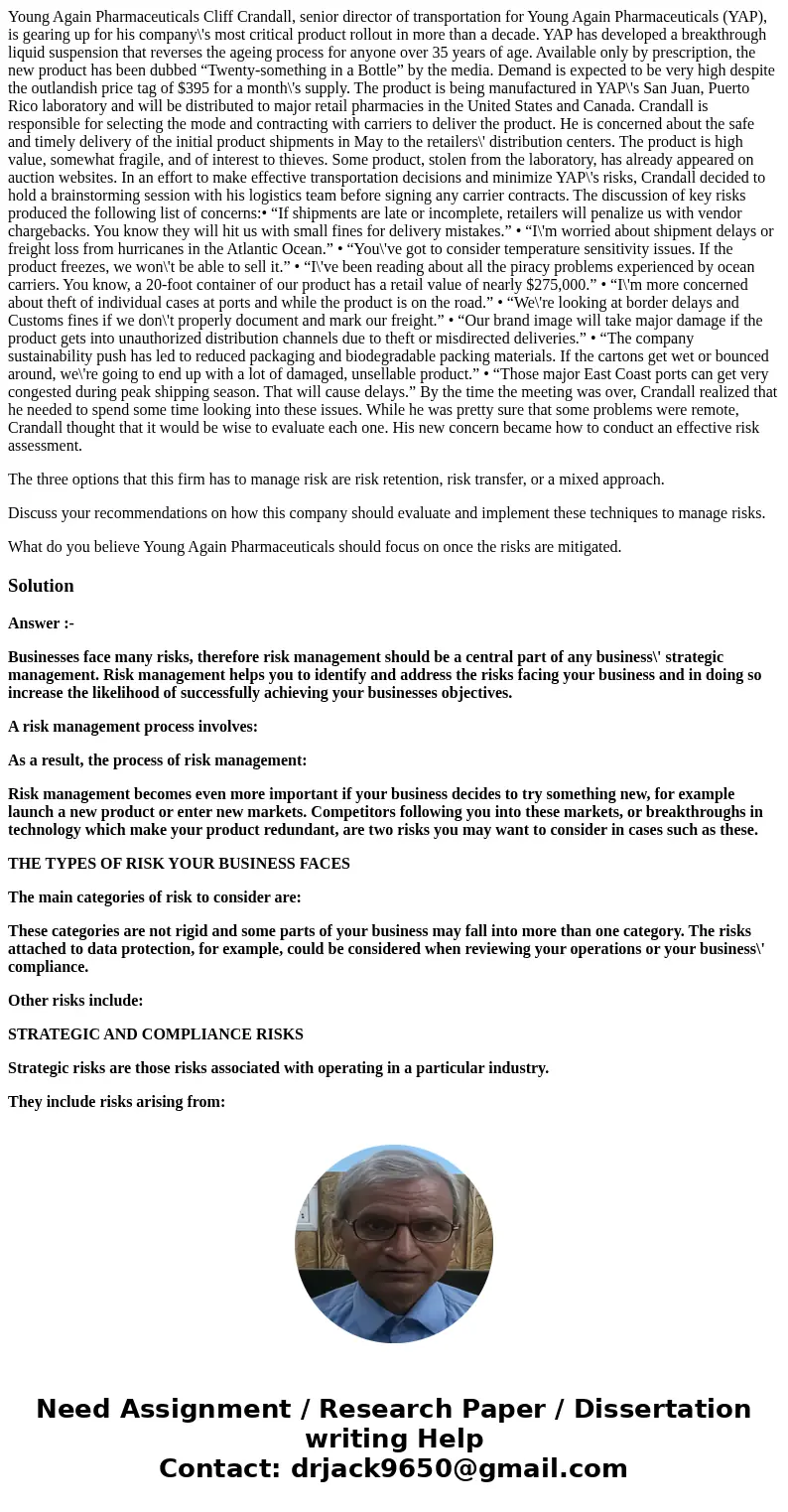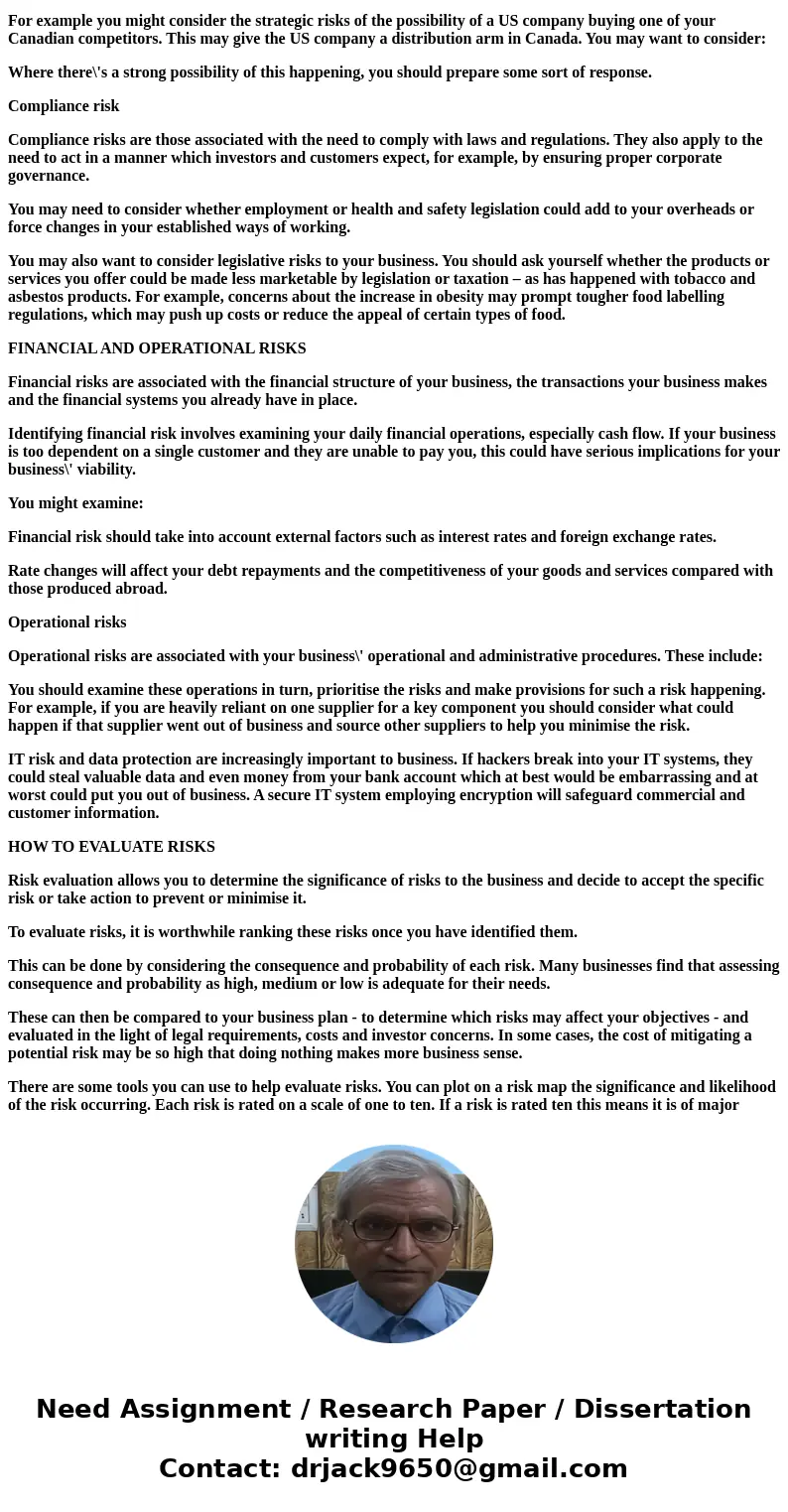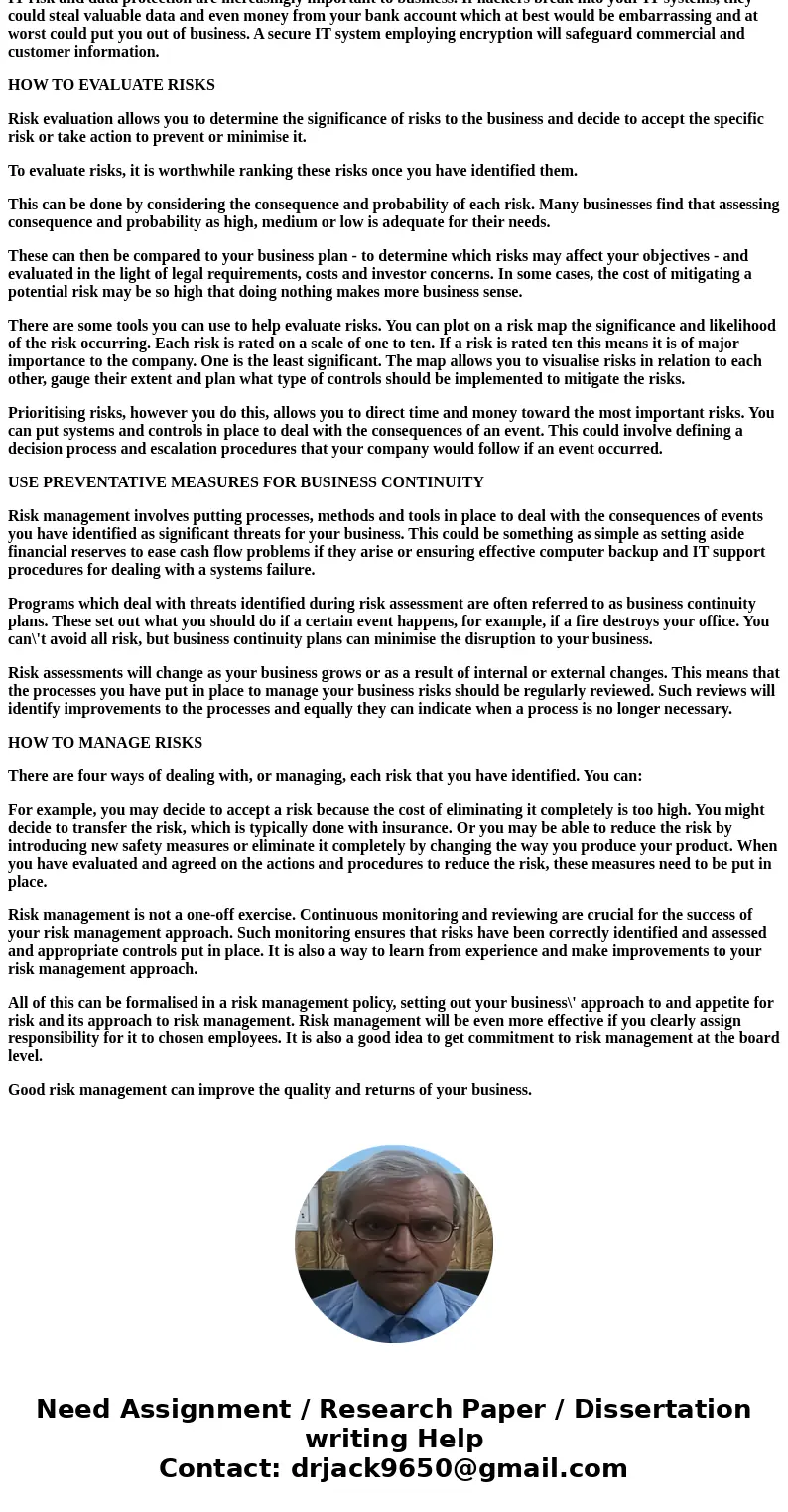Young Again Pharmaceuticals Cliff Crandall senior director o
Young Again Pharmaceuticals Cliff Crandall, senior director of transportation for Young Again Pharmaceuticals (YAP), is gearing up for his company\'s most critical product rollout in more than a decade. YAP has developed a breakthrough liquid suspension that reverses the ageing process for anyone over 35 years of age. Available only by prescription, the new product has been dubbed “Twenty-something in a Bottle” by the media. Demand is expected to be very high despite the outlandish price tag of $395 for a month\'s supply. The product is being manufactured in YAP\'s San Juan, Puerto Rico laboratory and will be distributed to major retail pharmacies in the United States and Canada. Crandall is responsible for selecting the mode and contracting with carriers to deliver the product. He is concerned about the safe and timely delivery of the initial product shipments in May to the retailers\' distribution centers. The product is high value, somewhat fragile, and of interest to thieves. Some product, stolen from the laboratory, has already appeared on auction websites. In an effort to make effective transportation decisions and minimize YAP\'s risks, Crandall decided to hold a brainstorming session with his logistics team before signing any carrier contracts. The discussion of key risks produced the following list of concerns:• “If shipments are late or incomplete, retailers will penalize us with vendor chargebacks. You know they will hit us with small fines for delivery mistakes.” • “I\'m worried about shipment delays or freight loss from hurricanes in the Atlantic Ocean.” • “You\'ve got to consider temperature sensitivity issues. If the product freezes, we won\'t be able to sell it.” • “I\'ve been reading about all the piracy problems experienced by ocean carriers. You know, a 20-foot container of our product has a retail value of nearly $275,000.” • “I\'m more concerned about theft of individual cases at ports and while the product is on the road.” • “We\'re looking at border delays and Customs fines if we don\'t properly document and mark our freight.” • “Our brand image will take major damage if the product gets into unauthorized distribution channels due to theft or misdirected deliveries.” • “The company sustainability push has led to reduced packaging and biodegradable packing materials. If the cartons get wet or bounced around, we\'re going to end up with a lot of damaged, unsellable product.” • “Those major East Coast ports can get very congested during peak shipping season. That will cause delays.” By the time the meeting was over, Crandall realized that he needed to spend some time looking into these issues. While he was pretty sure that some problems were remote, Crandall thought that it would be wise to evaluate each one. His new concern became how to conduct an effective risk assessment.
The three options that this firm has to manage risk are risk retention, risk transfer, or a mixed approach.
Discuss your recommendations on how this company should evaluate and implement these techniques to manage risks.
What do you believe Young Again Pharmaceuticals should focus on once the risks are mitigated.
Solution
Answer :-
Businesses face many risks, therefore risk management should be a central part of any business\' strategic management. Risk management helps you to identify and address the risks facing your business and in doing so increase the likelihood of successfully achieving your businesses objectives.
A risk management process involves:
As a result, the process of risk management:
Risk management becomes even more important if your business decides to try something new, for example launch a new product or enter new markets. Competitors following you into these markets, or breakthroughs in technology which make your product redundant, are two risks you may want to consider in cases such as these.
THE TYPES OF RISK YOUR BUSINESS FACES
The main categories of risk to consider are:
These categories are not rigid and some parts of your business may fall into more than one category. The risks attached to data protection, for example, could be considered when reviewing your operations or your business\' compliance.
Other risks include:
STRATEGIC AND COMPLIANCE RISKS
Strategic risks are those risks associated with operating in a particular industry.
They include risks arising from:
For example you might consider the strategic risks of the possibility of a US company buying one of your Canadian competitors. This may give the US company a distribution arm in Canada. You may want to consider:
Where there\'s a strong possibility of this happening, you should prepare some sort of response.
Compliance risk
Compliance risks are those associated with the need to comply with laws and regulations. They also apply to the need to act in a manner which investors and customers expect, for example, by ensuring proper corporate governance.
You may need to consider whether employment or health and safety legislation could add to your overheads or force changes in your established ways of working.
You may also want to consider legislative risks to your business. You should ask yourself whether the products or services you offer could be made less marketable by legislation or taxation – as has happened with tobacco and asbestos products. For example, concerns about the increase in obesity may prompt tougher food labelling regulations, which may push up costs or reduce the appeal of certain types of food.
FINANCIAL AND OPERATIONAL RISKS
Financial risks are associated with the financial structure of your business, the transactions your business makes and the financial systems you already have in place.
Identifying financial risk involves examining your daily financial operations, especially cash flow. If your business is too dependent on a single customer and they are unable to pay you, this could have serious implications for your business\' viability.
You might examine:
Financial risk should take into account external factors such as interest rates and foreign exchange rates.
Rate changes will affect your debt repayments and the competitiveness of your goods and services compared with those produced abroad.
Operational risks
Operational risks are associated with your business\' operational and administrative procedures. These include:
You should examine these operations in turn, prioritise the risks and make provisions for such a risk happening. For example, if you are heavily reliant on one supplier for a key component you should consider what could happen if that supplier went out of business and source other suppliers to help you minimise the risk.
IT risk and data protection are increasingly important to business. If hackers break into your IT systems, they could steal valuable data and even money from your bank account which at best would be embarrassing and at worst could put you out of business. A secure IT system employing encryption will safeguard commercial and customer information.
HOW TO EVALUATE RISKS
Risk evaluation allows you to determine the significance of risks to the business and decide to accept the specific risk or take action to prevent or minimise it.
To evaluate risks, it is worthwhile ranking these risks once you have identified them.
This can be done by considering the consequence and probability of each risk. Many businesses find that assessing consequence and probability as high, medium or low is adequate for their needs.
These can then be compared to your business plan - to determine which risks may affect your objectives - and evaluated in the light of legal requirements, costs and investor concerns. In some cases, the cost of mitigating a potential risk may be so high that doing nothing makes more business sense.
There are some tools you can use to help evaluate risks. You can plot on a risk map the significance and likelihood of the risk occurring. Each risk is rated on a scale of one to ten. If a risk is rated ten this means it is of major importance to the company. One is the least significant. The map allows you to visualise risks in relation to each other, gauge their extent and plan what type of controls should be implemented to mitigate the risks.
Prioritising risks, however you do this, allows you to direct time and money toward the most important risks. You can put systems and controls in place to deal with the consequences of an event. This could involve defining a decision process and escalation procedures that your company would follow if an event occurred.
USE PREVENTATIVE MEASURES FOR BUSINESS CONTINUITY
Risk management involves putting processes, methods and tools in place to deal with the consequences of events you have identified as significant threats for your business. This could be something as simple as setting aside financial reserves to ease cash flow problems if they arise or ensuring effective computer backup and IT support procedures for dealing with a systems failure.
Programs which deal with threats identified during risk assessment are often referred to as business continuity plans. These set out what you should do if a certain event happens, for example, if a fire destroys your office. You can\'t avoid all risk, but business continuity plans can minimise the disruption to your business.
Risk assessments will change as your business grows or as a result of internal or external changes. This means that the processes you have put in place to manage your business risks should be regularly reviewed. Such reviews will identify improvements to the processes and equally they can indicate when a process is no longer necessary.
HOW TO MANAGE RISKS
There are four ways of dealing with, or managing, each risk that you have identified. You can:
For example, you may decide to accept a risk because the cost of eliminating it completely is too high. You might decide to transfer the risk, which is typically done with insurance. Or you may be able to reduce the risk by introducing new safety measures or eliminate it completely by changing the way you produce your product. When you have evaluated and agreed on the actions and procedures to reduce the risk, these measures need to be put in place.
Risk management is not a one-off exercise. Continuous monitoring and reviewing are crucial for the success of your risk management approach. Such monitoring ensures that risks have been correctly identified and assessed and appropriate controls put in place. It is also a way to learn from experience and make improvements to your risk management approach.
All of this can be formalised in a risk management policy, setting out your business\' approach to and appetite for risk and its approach to risk management. Risk management will be even more effective if you clearly assign responsibility for it to chosen employees. It is also a good idea to get commitment to risk management at the board level.
Good risk management can improve the quality and returns of your business.



 Homework Sourse
Homework Sourse